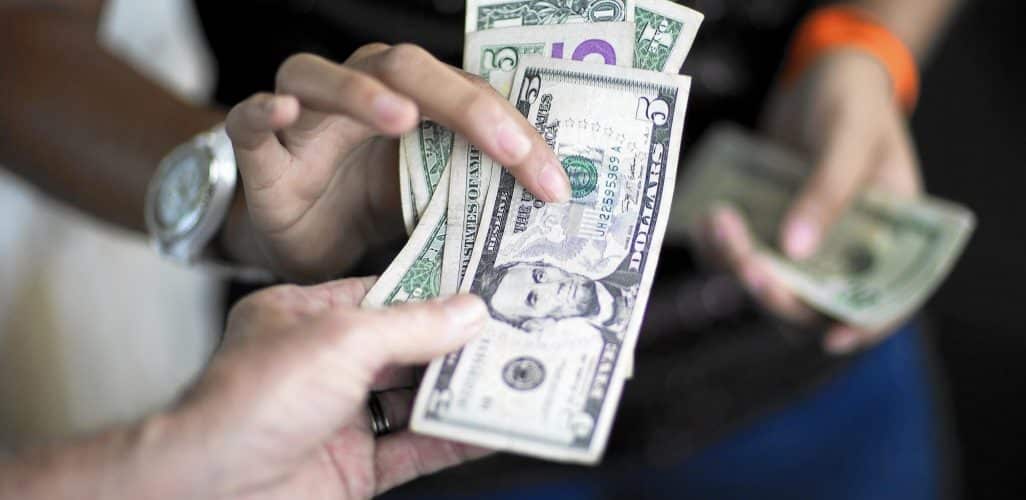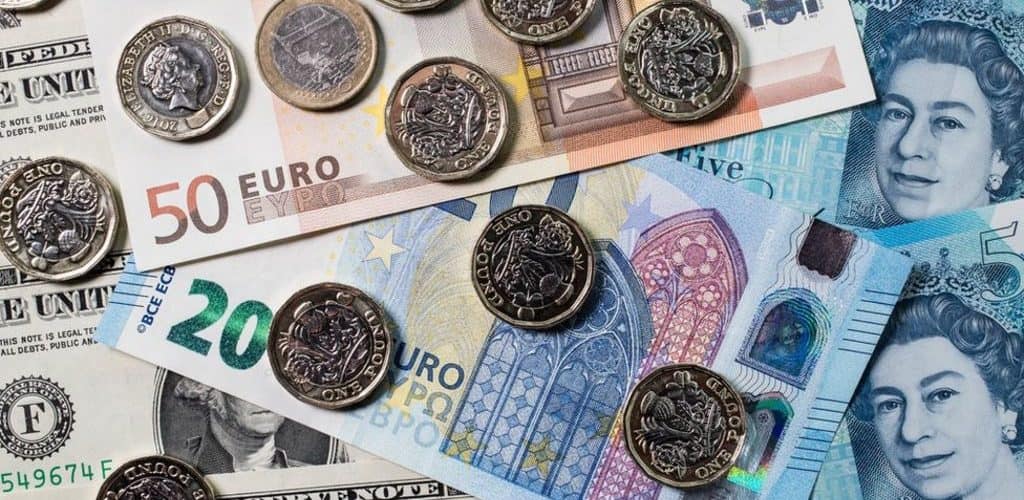The cost of minimum income guarantee for one person in the country could be more than Rs 7 lakh corer for 25% for low-level households, the primary estimation of the government revealed.
The calculation was made by considering the minimum wages of a person of Rs 321 for a day which on the further calculation for a month estimated to Rs 9,630, compulsory for the skilled farm workers of the Centre. The cost was predicted to be more than Rs 5 lakh crore, only if 18- 20 percent of the households were targeted, the indication was made by the former Finance Minister P Chidambaram during an interview soon after this, his party chief Rahul Gandhi announced the Minimum income guarantee plan if they have been voted and bought back to power in the Lok Sabha election that is going to take place in 2019.
The Congress President did not mention the detail explanation about the plan.
The cost of executing the scheme for the poorest section of the community by offering a fixed amount was observed as a staggering block which would demand a strong financial burden along with the subsidies that the government is currently providing, beginning from the food, and fertilizers to an array of concessions on loans.
Difficult to Executes Schemes due to Cost Implication
According to the Economic Survey suggestion, two years back the global basic income was around Rs 7,620 a year to 75 percent of the households, this was not implemented due to cost implication and due to governments’ incompetence to remove subsidies for the weaker section and middle-class people of the society. Although the survey had evaluated the cost to be at 4.9 percent of GDP, the evaluation recommended that the cost could be around Rs 2.4 to Rs 2.5 lakh crore per year if 5 members belonging to 25 percent poorest household were guaranteed a minimum income. Providing Rs 3,180 per month to five members of the households could further cost the government Rs 1.75 lakh crore only if the plan was limited between 18-20 percent of the overall population.
There were issues for implementing the plan, particularly about the identification of the households. However the former chief economic adviser Arvind Subramanian trusted that the plan could be achieved. The document had recommended excluding people with ACs cars or bank balance more the certain level from the scheme. It had backed a naming and shaming policy by forming a list of public beneficiaries along with receiving formal statements regularly from the beneficiaries.




